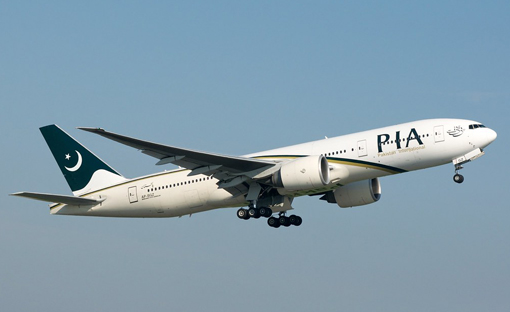In Asia, the land is imbued with a deep love for animals, a love that sometimes leads to complex interactions. These interactions can range from capturing animals for cherished memories to raising them as if they were our own children, all in the name of education. This unique blend of compassion and fascination with wildlife
In Asia, the land is imbued with a deep love for animals, a love that sometimes leads to complex interactions. These interactions can range from capturing animals for cherished memories to raising them as if they were our own children, all in the name of education. This unique blend of compassion and fascination with wildlife was evident in the case of the elephants at Karachi Zoo.
Initially, we welcomed four young elephants to Karachi after their arrival from Kenya. However, this event soon made headlines, with some animal welfare organizations claiming that these elephants had been cruelly separated from their mothers in the wild. The negative narrative quickly gained momentum, overshadowing the importance of animal education and its role in Pakistan’s zoological and wildlife studies.

Images from a social media page belonging to one such organization showcased these wild-caught elephant calves appearing entirely at ease with their caretakers, challenging the accusations. Their behavior strongly indicated that they had previous interactions with humans.
In conservation projects, animals are often transported to other countries with similar climates and seasons to facilitate their successful integration. Elephants, being highly trainable when young, are commonly relocated to ensure their well-being and to expedite population growth. In some sanctuaries, it’s customary to separate calves from their mothers once they reach a certain age.

In Pakistan, students of veterinary medicine (DVM) or zoology require access to a variety of animals, often referred to as the “big five,” for comprehensive study. Zoos and facilities must accommodate these educational needs while upholding the highest standards of animal welfare.
Regrettably, our education system lags behind international standards, and our curriculum remains outdated. We often prioritize veterinarians as the heads of animal facilities rather than zoologists. Consequently, Karachi Zoo has faced criticism due to decision-makers lacking adequate education, while critics with limited understanding offer advice.
The elephants at Karachi Zoo require suitable housing, a climate-appropriate diet, and regular check-ups by experienced wildlife veterinarians. Zoos serve multiple purposes, including education, conservation, entertainment, tourism, and research.



















Leave a Comment
Your email address will not be published. Required fields are marked with *